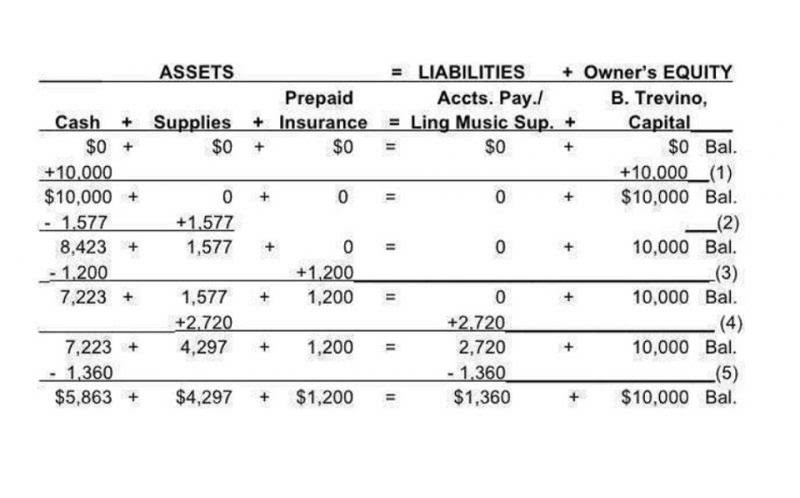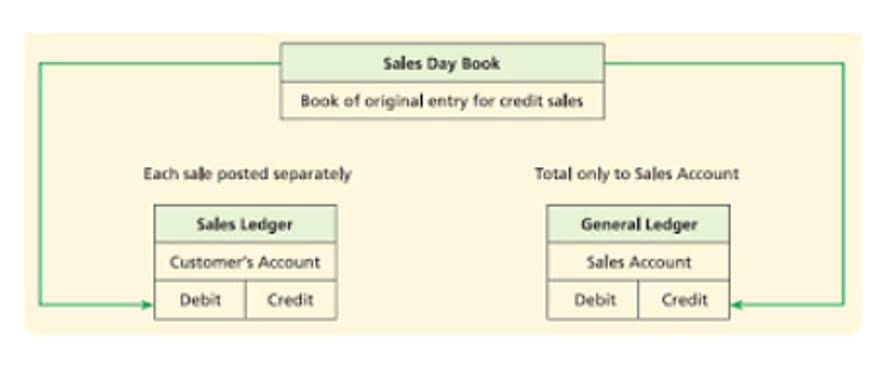Transposition errors also describe scenarios where bookkeepers enter spreadsheet data into the wrong cells. No matter what set of numbers you compare, if you transpose digits, the difference between the two numbers will be evenly divisible by 9. I’ve used the term magnitude here to mean the largest power of 10 that divides the difference. The expression LN(x) / LN(10) is the logarithm of x base 10; if you take the FLOOR of that value you’ve got the number of digits. You use the POWER function to turn that digit count back into a number of the right magnitude. This property of being divisible by 9 is preserved even when the pairs occur in larger numbers, as long as no other errors are made.
- Automation tools, such as optical character recognition (OCR) software and data validation algorithms, can streamline data entry processes and minimize the risk of transposition errors.
- While this method is time-consuming and prone to human error, it can be useful for small datasets or when other tools are not available.
- If so, then there is an excellent chance that you have accidentally transposed numbers.
- Another cognitive factor is the “serial position effect,” which suggests that people are more likely to remember the first and last items in a sequence, but may struggle with those in the middle.
- Comparison algorithms offer a robust and automated approach to detect transposition errors, especially for complex datasets.
Understanding Transpositional Errors
- The most common cause is human error, which can be attributed to the inherent limitations of manual data entry.
- For instance, consider a scenario where a bank account number is entered incorrectly during an online transfer.
- If the transposition goes unnoticed, the funds could end up in the wrong account, causing frustration and potential disputes.
- Therefore, it is crucial to understand the causes and solutions of transposition errors to minimize their occurrence and mitigate their impact.
- Understanding the common causes of transposition errors can help shed light on why they happen and how they can be prevented.
- By adopting these practices, businesses and professionals can minimize the occurrence of transposition errors and ensure the accuracy and integrity of their work.
If the values differ, it indicates the presence of a transposition error, prompting the system to request retransmission. Implementing such error-checking mechanisms not only minimizes the occurrence of transposition errors but also enhances the overall reliability of data transmission and processing. Transposition errors can have a significant impact on the accuracy and reliability of data. Whether Car Dealership Accounting it’s a simple switch of two digits or the rearrangement of an entire sequence, these errors can lead to misunderstandings, financial losses, and even legal complications. From a business perspective, transposition errors can result in incorrect invoices, delayed shipments, and inaccurate financial statements, damaging the reputation and credibility of an organization.
Senate Legislation Introduced to New CECL Accounting Standard Affecting Treatment of Expected Loan Losses
Therefore, it is crucial to identify and rectify these errors promptly to avoid any potential setbacks. In this section, we will explore the different fields where transposition errors frequently occur and discuss effective strategies to identify and resolve them. Spell checkers, data validation algorithms, OCR technology, and machine learning/AI techniques all offer unique advantages and can play a valuable role in minimizing transposing errors. However, the best option ultimately depends on the specific requirements, volume, and nature of the data or text being analyzed. Many software programs and applications come equipped with built-in error detection features. These tools can automatically flag potential transposition errors and prompt you to review and correct them.
How to Find Transposition Errors
Transposition errors are a common occurrence in various aspects of life, from everyday tasks to complex data entry processes. Understanding the common causes of transposition errors can help shed light on why they happen and how they can be prevented. In this section, we will delve into the factors that contribute to these errors and explore potential solutions. There are several factors that contribute to the occurrence of transposition errors.
Transposition errors can stem from various causes, including human error, lack of validation checks, complex data entry processes, lack of training or familiarity, and what is one way to check for an error caused by transposed numbers? time pressure. Transposing digits is often a result of human error, whether it be due to fatigue, distraction, or simple oversight. However, technology also plays a significant role in either exacerbating or mitigating such mistakes. A transposition error in accounting can significantly impact financial accuracy by causing discrepancies between debits and credits. This type of error occurs when two digits are accidentally swapped during manual data entry, leading to incorrect figures being recorded. While transposition errors are common during manual bookkeeping, they can be easily identified and corrected through systematic review and mathematical checks.
AccountingTools
Similarly, in stock trading, a misplaced digit in a trade order could result in buying or selling the wrong number of unearned revenue shares, leading to unexpected financial outcomes. Transposing digits is a common and often overlooked mistake in our everyday lives. By being mindful, employing mnemonic devices, using technology tools, and taking the time to double-check our entries, we can minimize these errors and save ourselves from unnecessary troubles.







.jpeg)
.jpg)
.jpg)



